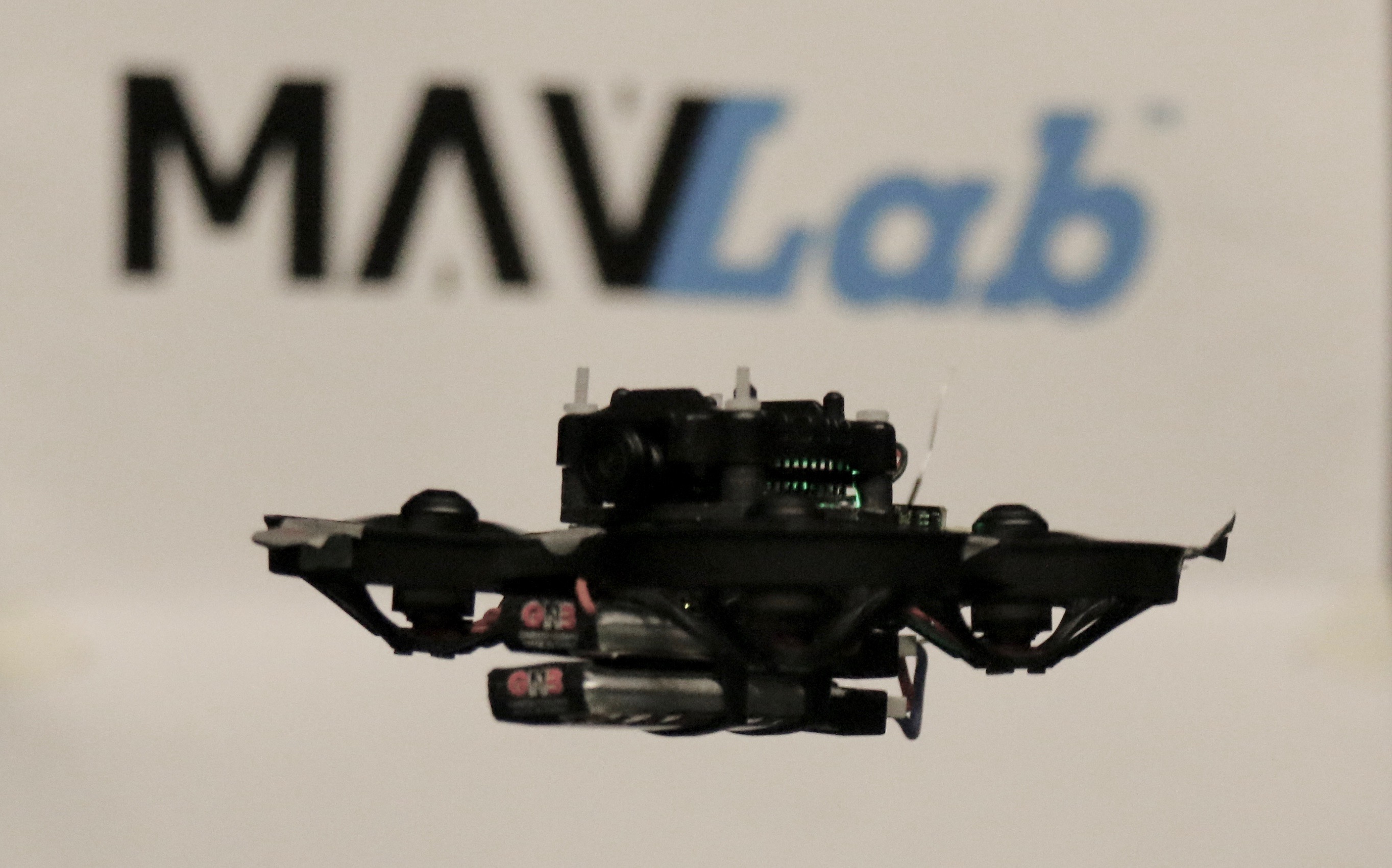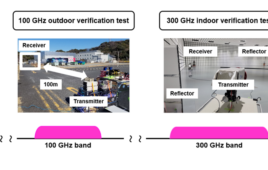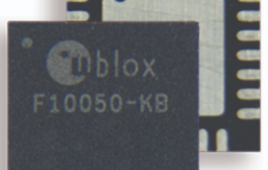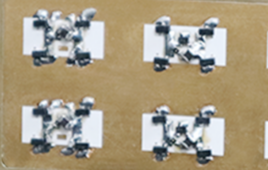Scientists at TU Delft’s Micro Air Vehicle Laboratory (MAVLab) have developed a 72-g (2.5-oz) autonomous racing drone, deemed the “smallest” of its kind. Even though it’s tiny, its stats make it a viable challenger against larger, state-of-the-art competitors.
Drone racing by human pilots has risen in the e-sport arena, while autonomous drone racing has presented design challenges in control and artificial intelligence (AI). The speed of the autonomous designs has improved throughout the years, up to 2 m/s (4.5 mph) in recent competitions.
Although these drones feature high-end visual perception, most are expensive and heavy, since they include high-performance processors, various cameras, and occasionally laser scanners.
TU Delft’s drone, however, is lightweight and cheap, which opens the doors for “many drone racing enthusiasts to train with or fly against,” according to the university. The drone uses a single camera and little onboard processing. That combination, according to TU Delft, creates something that can “autonomously fly through a racing track with a speed that rivals that of the fastest, bigger autonomous racing drones.”

(Image Source: MAVLab TU Delft)
The university chalks up this design feat to robust and efficient algorithms.
“The wireless images in human drone racing can be very noisy and sometimes not even arrive at all,” says MAVLab Founder Christophe De Wagter. “So, pilots rely heavily on their predictions of how the drone is going to move when they move the sticks on their remote control.”
The prediction model that’s used takes in only the essential bits of information, such as the frame’s drag forces and thrust. The team also created a robust state estimation filter.
Shuo Li, Ph.D. student at the MAVLab on the topic of autonomous drone racing, says, “When scaling down the drone and sensors, the sensor measurements deteriorate in quality, from the camera to the accelerometers. Hence, the typical approach of integrating the accelerations measured by the accelerometers is hopeless. Instead, we have only used the estimated drone attitude in our predictive model. We correct the drift of this model over time by relying on the vision measurements.”

(Image Source: MAVLab TU Delft)
The drone and its algorithms were tested along a four-gate race track. Its average speed was 2 m/s (4.5 mph), which makes it a contender. However, there is still work to be done until this design smashes all of its competition.
“We are currently still far from the speeds obtained by expert human drone racers. The next step will require even better predictive control, state estimation, and computer vision,” says De Wagter. “Efficient algorithms to achieve these capabilities will be essential, as they will allow the drone to sense and react quickly. Moreover, small drones can choose their trajectory more freely, as the racing gates are relatively larger for them.”
Beyond e-sports, autonomous racing drones could use their speed in search and rescue and package delivery applications.




